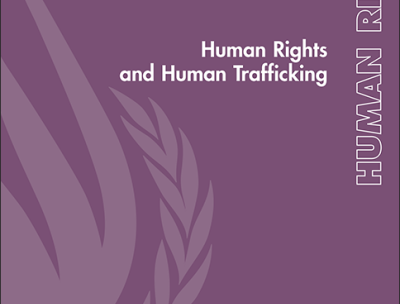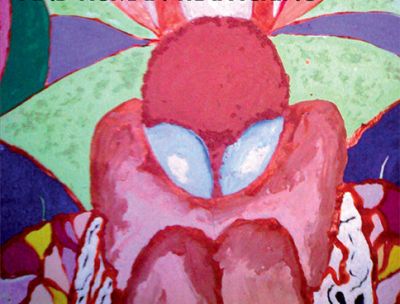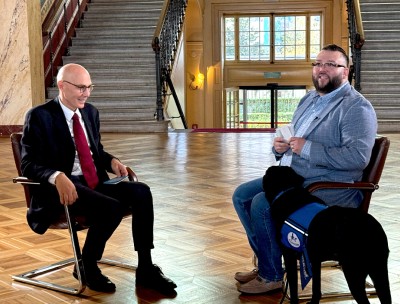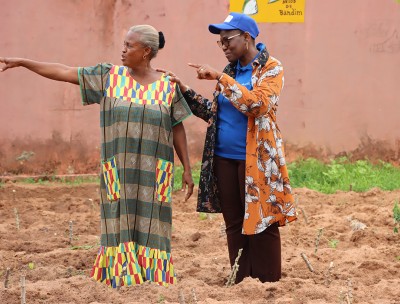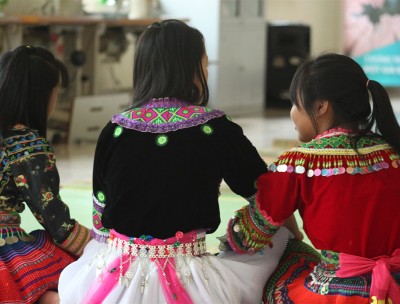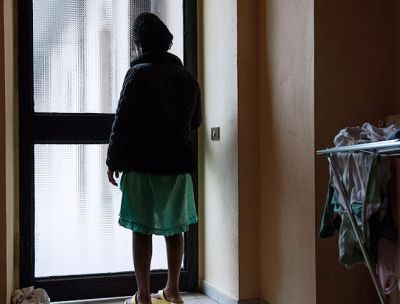OHCHR and trafficking in persons
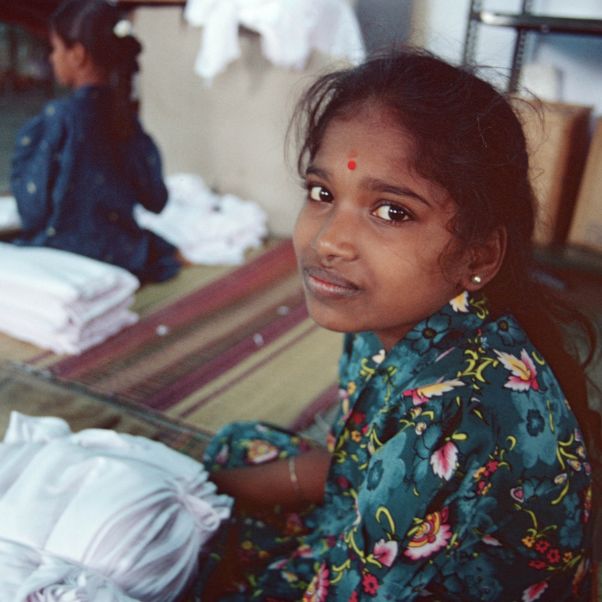
About human rights and trafficking in persons
Trafficking in persons refers the recruitment, transportation, transfer, harbouring or receipt of persons—by force, coercion, fraud or some other form of deception—for the purpose of exploitation.
Many of the practices associated with trafficking are prohibited under international human rights law. For example, human rights law forbids debt bondage, slavery, servitude, child sexual exploitation, forced marriage, and enforced prostitution; they are human rights violations.
Despite a solid international legal framework, millions of girls, boys, women and men continue to be trafficked each year.
Learn more about the links between human rights and trafficking in persons.
OHCHR’s work on anti-trafficking
The UN Human Rights Office is at the forefront of efforts to promote a human rights-based approach to trafficking in persons. The Office has developed Recommended Principles and Guidelines on Human Rights and Human Trafficking and its extensive Commentary that aim to help all those involved in anti-trafficking efforts to fully integrate human rights into their analysis and responses to trafficking.
The document includes seventeen recommended principles that address the following core areas:
(a) the primacy of human rights;
(b) preventing trafficking;
(c) protection and assistance;
(d) criminalization, punishment and redress.
Additionally, there are eleven recommended guidelines that provide practical measures for implementing the principles.
Learn more about how we work to eliminate trafficking in persons.
Key documents
Latest reports
Activities
Webinar on implementation of CEDAW General Recommendation No. 38 in the MENA region
15 July 2021
Others involved
Videos
Webinar: CEDAW General Recommendation No. 38 on trafficking in women and girls in the context of global migration
15 July 2021
Watch on YouTube
Cabin crew can help prevent human trafficking
May 4, 2017
Watch on YouTube
